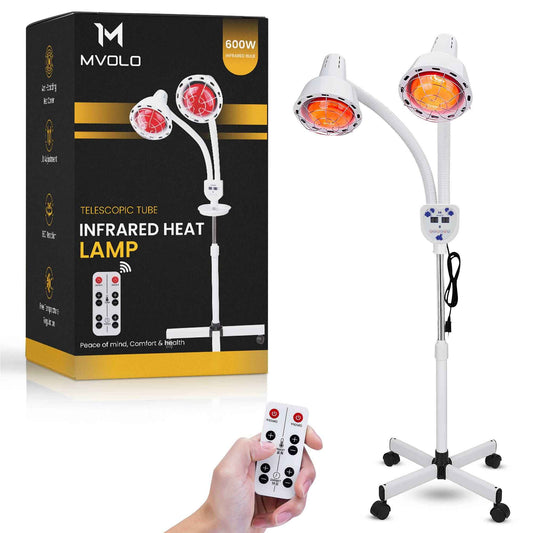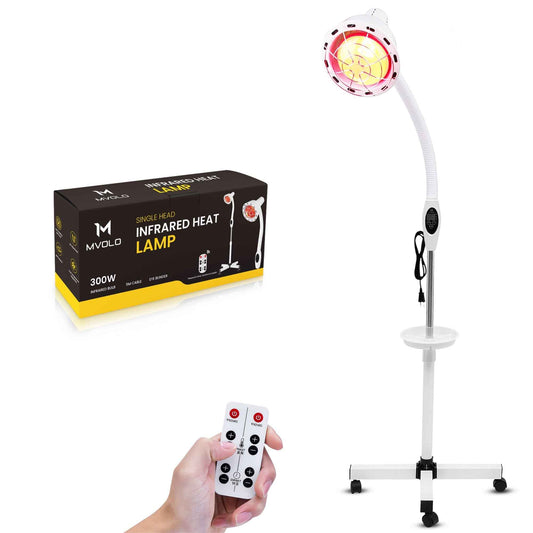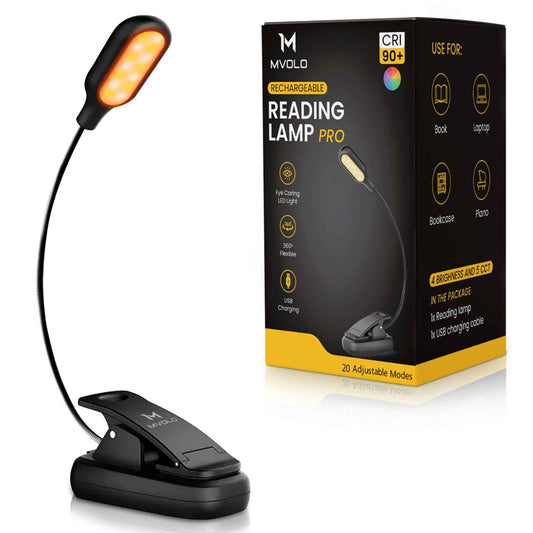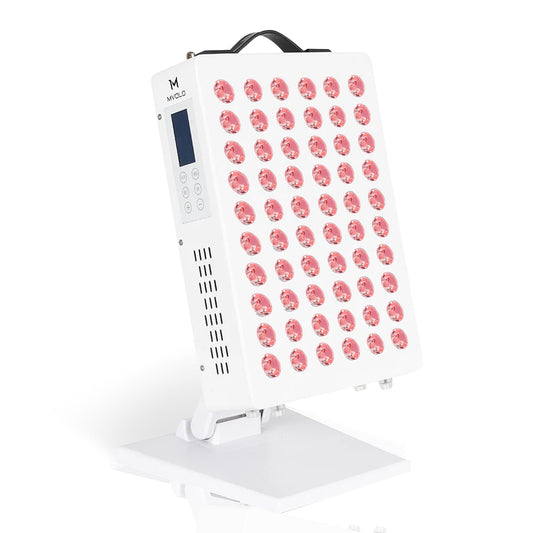Combating depression with red light therapy
Part
Depression is a complex mental illness that affects millions of people worldwide. It is characterized by a persistent feeling of sadness, hopelessness, and a loss of interest in daily activities. Depression can arise from a variety of causes, including genetics, chemical imbalances in the brain, stressful life events, or a combination of these elements. According to research, depression is one of the most common mental illnesses and can seriously impair daily life (American Psychiatric Association, 2013).
How does depression develop?
Depression can be caused by a number of factors that directly affect the chemical processes in the brain. An important role is played by the neurotransmitter serotonin, which is responsible for regulating moods. A deficiency of serotonin can contribute to depressive feelings (American Psychiatric Association, 2013). In addition, prolonged stress, trauma or certain medical conditions can also increase the risk of depression. Long-term stress increases cortisol production, which can damage the hippocampus, a part of the brain involved in emotions and memory (McEwen, 2007). Genetic factors also play a role. People with a family history of depression have an increased risk of developing the condition. Studies show that genetic factors can be responsible for about 40% of cases (Levinson, 2006). In addition, life circumstances such as the loss of a loved one, serious illness or financial problems can trigger depression (Hammen, 2005).
How can red light therapy help with depression?
Red light therapy (RLT) and light therapy in general are increasingly recognized as effective treatments for mood disorders such as depression. Red light penetrates deep into tissues and has a positive effect on the energy levels of cells, especially in the brain. Scientific research shows that red light helps improve mitochondrial function and increases the production of ATP, the body’s energy molecules. This can contribute to better cognitive functioning and mood regulation, which is beneficial for people with depression (Salehpour et al., 2019).
A study published in The Journal of Nervous and Mental Disease showed that just one hour of exposure to transcranial low-level laser therapy (RLT) produced significant improvements in depression scores (Schiffer et al., 2009). This is because red light can stimulate activity in the prefrontal cortex, the part of the brain responsible for mood and emotion (Salehpour et al., 2019).
The importance of light therapy
In addition to red light therapy, general light therapy also plays an important role in the treatment of seasonal affective disorder (SAD), a condition that often occurs during the winter months when exposure to natural light is reduced. Light therapy helps restore the body's natural sleep-wake cycle and increases the production of serotonin, which is essential for regulating mood (Lam & Levitan, 2000). Red light can complement traditional light therapy because it works even more deeply at the cellular level.
Sources:
- American Psychiatric Association. (2013). Diagnostic and statistical manual of mental disorders (5th ed.). Arlington, VA: American Psychiatric Publishing.
- Hammen, C. (2005). Stress and depression. Annual Review of Clinical Psychology , 1(1), 293-319. https://doi.org /10.1146/annurev.clinpsy.1.102803.143938
- Lam, R. W., & Levitan, R. D. (2000). Pathophysiology of seasonal affective disorder: A review. Journal of Psychiatry & Neuroscience , 25(5), 469-480.
- Levinson, D. F. (2006). The genetics of depression: A review. Biological Psychiatry , 60(2), 84-92. https://doi.org /10.1016/j.biopsych.2005.08.024
- McEwen, B. S. (2007). Physiology and neurobiology of stress and adaptation: Central role of the brain. Physiological Reviews , 87(3), 873-904. https://doi.org /10.1152/physrev.00041.2006
- Salehpour, F., Cassano, P., & Hamblin, M. R. (2019). Transcranial low-level laser therapy for depression and major depressive disorder. Neurophotonics , 6(2), 020901. https://doi.org /10.1117/1.NPh.6.2.020901
- Schiffer, F., Johnston, A. L., Ravichandran, C., Polcari, A., Teicher, M. H., Webb, R. H., & Hamblin, M. R. (2009). Psychological benefits 2 and 4 weeks after a single treatment with near infrared phototherapy. The Journal of Nervous and Mental Disease , 197(10), 1-7. https://doi.org /10.1097/NMD.0b013e3181b94d00






